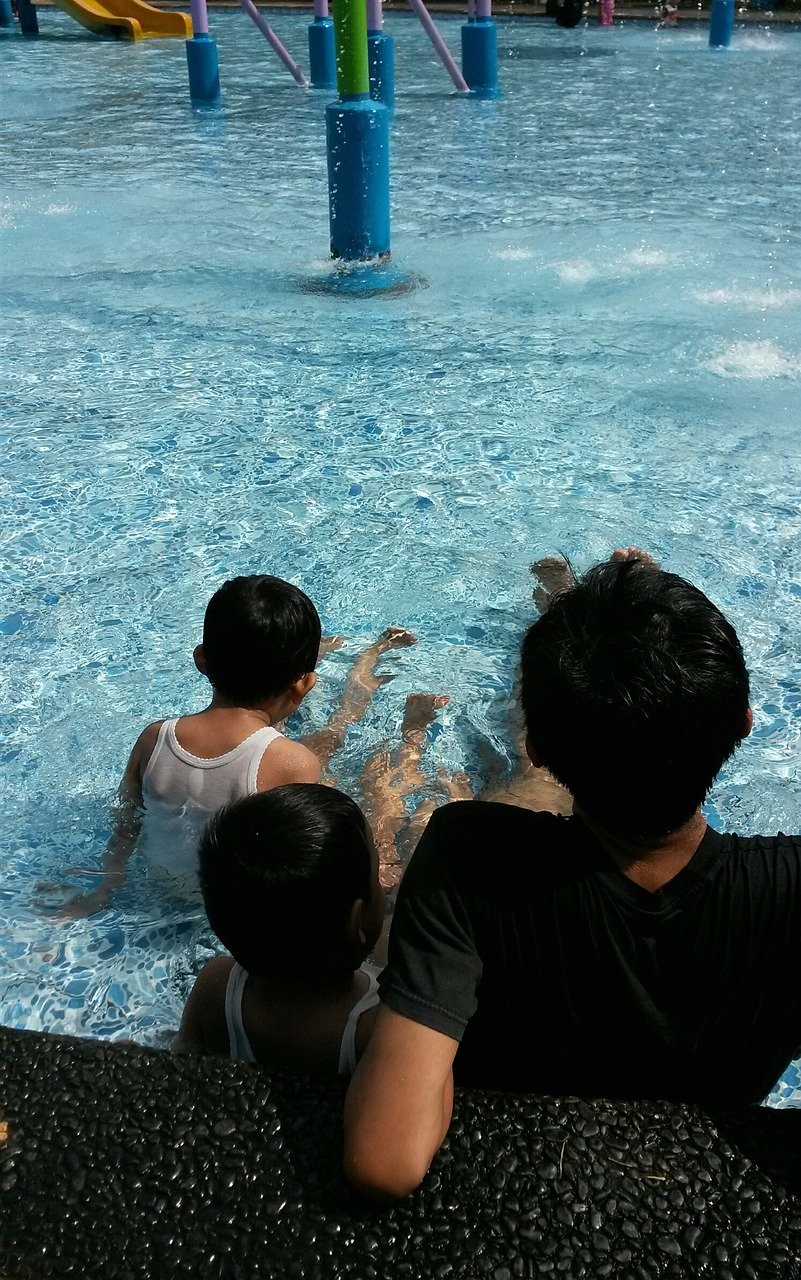|
Pool fencing recommendations:
- 4 feet, 4 sides. The pool fence should be at least 4 feet high and surround the pool, separating it from the house and the rest of the yard.
- Climb-proof. The fence shouldn't have any footholds, handholds, or objects such as lawn furniture or play equipment the child could use to climb over the fence. Chain-link fences are very easy to climb and are not recommended as pool fences. (If they are used, make sure openings are 1¾ inches or smaller in size).
- Slat space. To ensure a small child can't squeeze through the fence, make sure vertical slats have no more than 4 inches of space between them. This will also help keep small pets safe, too.
- Latch height. The fence should have a self-closing and self-latching gate that only opens out, away from the pool area. The latch should be out of a child's reach—at least 54 inches from the ground.
- Gate locked, toy-free. When the pool is not in use, make sure the gate is locked. Keep toys out of the pool area when it is not in use.
Alarms. A child drowning is rarely heard: Beyond a fence, additional layers of protection such as pool alarms, door and gate alarms, and pool covers can provide some added safety around a pool. Make sure alarms are in good shape with fresh batteries, and keep in mind none are substitutes for a properly installed pool fence.
- Pool alarms. Children can drown within seconds, with barely a splash. Swimming pool alarms can detect waves on the water's surface and sound off to attract attention when someone has fallen into the pool.
- Consider alarms on the pool fence gate and house doors. Door and gate alarms can be equipped with touchpads to let adults pass through without setting them off. House doors should be locked if a child could get to the pool through them.
- Window guards. These can be especially helpful for windows on the house that face the pool.
Consider swim lessons: Taking swim lessons absolutely cannot “drown-proof” anyone, but according to a recent policy statement from the American Academy of Pediatrics (AAP), swimming lessons maybe beneficial to children between the ages of 1 and 4. The right time to start depends on an individual child’s emotional and physical readiness. Ask your pediatrician for guidance.
Enjoy summer swimming but be vigilant and follow all safety precautions to keep your little ones safe.
Source: HealthyChildren.org
|
